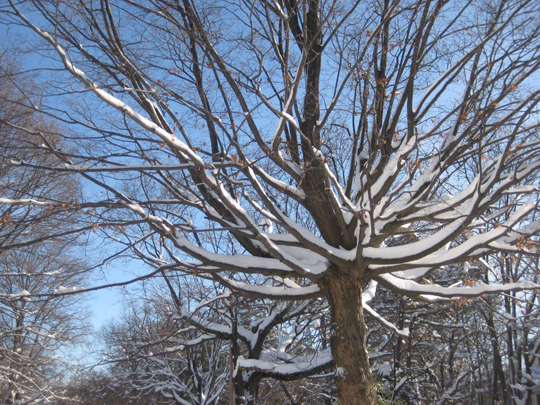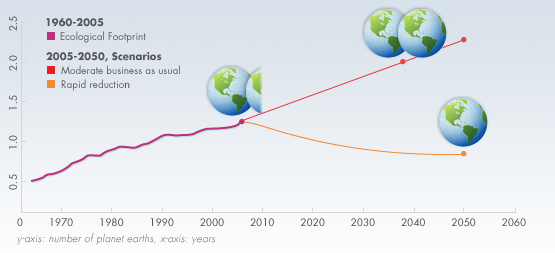My Blog is Carbon Neutral!

The other day, I received an email invitation to participate in a campaign called, “My blog is carbon neutral.” I’m aware of the arguments pro and con for carbon offsets, and chose not to get too riled up about it. I just think it’s a fun idea, so — I’m in! Here is some information from the sponsor’s website. . . .
How much carbon dioxide does a blog create?
According to a study by Alexander Wissner-Gross, PhD, physicist at Harvard University and environmental activist, an average website causes about 0.02g (0,0008oz.) of carbon dioxide for each visit. Assuming an average blog gets 15,000 visits a month, it has yearly carbon dioxide emissions of 3,6kg (8lb.). This can mainly be tracked back to the immense energy usage from (mainframe) computers, servers, and their cooling systems.
How much carbon dioxide does a tree absorb?
Unfortunately, no precise answer is possible. The carbon dioxide absorption of a tree can differ a lot. The amount of carbon dioxide that a tree can absorb depends on the type of tree, light exposure, length of the vegetation period, latitude, water balance, and the soil conditions.
There are many different calculations for the saving potential of a tree. The assumed values vary between 10 and 30kg (20 and 70lb.) for a tree each year. It is certain however, that in its first two to three years a tree absorbs relatively little carbon dioxide. In the growth phase following this, the absorption rate increases rapidly. During this time, the tree safes a considerable amount of carbon dioxide. The absorption rate decrease again from the age of 18.
The United Nations Framework Convention on Climate Change (UNFCCC) assumes a yearly absorption of one tree of approximately 10kg (20lb.) carbon dioxide emissions. “Make it green”, the environmental programme of kaufDA, is using a yearly absorption value of 5kg (11lb.) for its “My blog is carbon neutral” initiative. This is a very conservative calculation, ensuring that the neutralisation of each blog is achieved.
How and where are the trees planted?
The trees are planted in Plumas National Forest in Northern California by “Arbor Day Foundation” the US partner for the “My blog is carbon neutral” initiative. “Arbor Day Foundation” is a non-profit conservation and education organization with the goal helping reforest 5,500 acres of Plumas National Forest with 792,000 trees.
Want to get your blog signed up?
Head on over to their website and check out the instructions. It’s really easy!





 View the dynamic, moving GOforChange: Greening Baltimore video
View the dynamic, moving GOforChange: Greening Baltimore video



